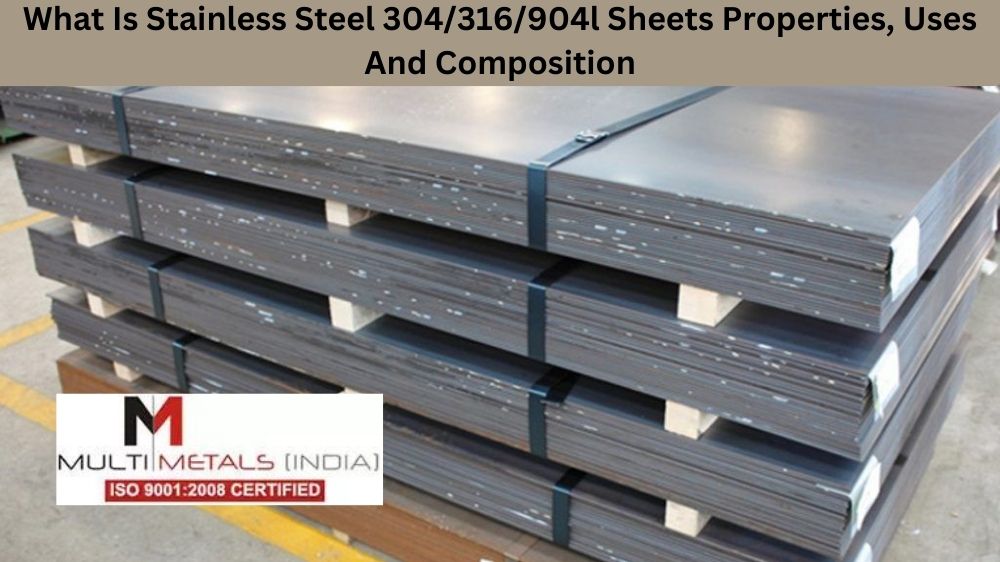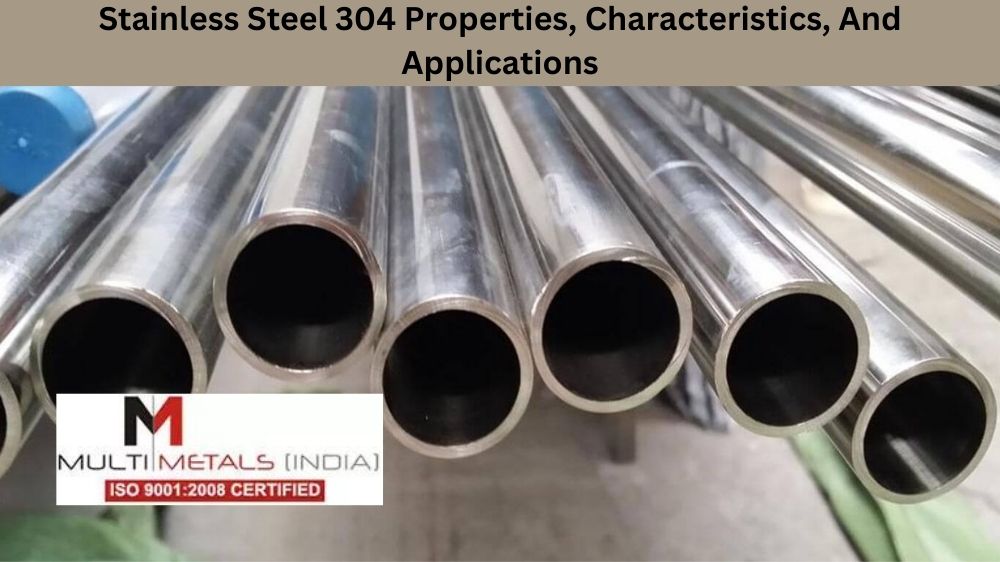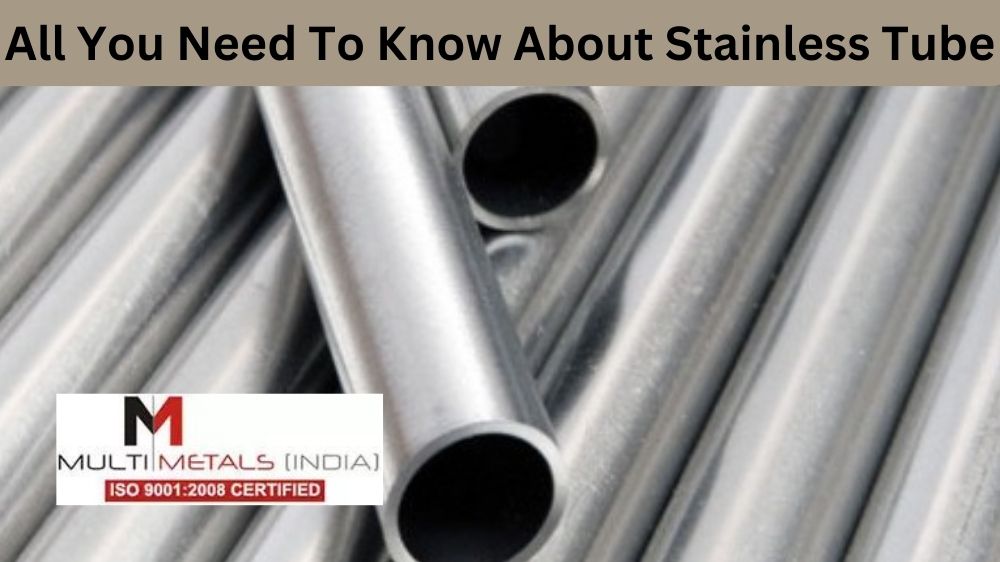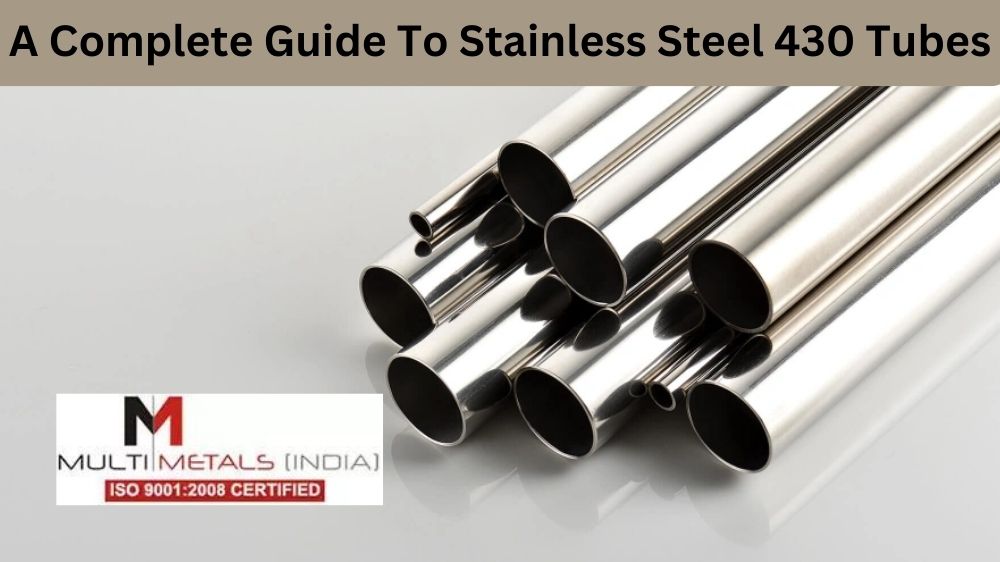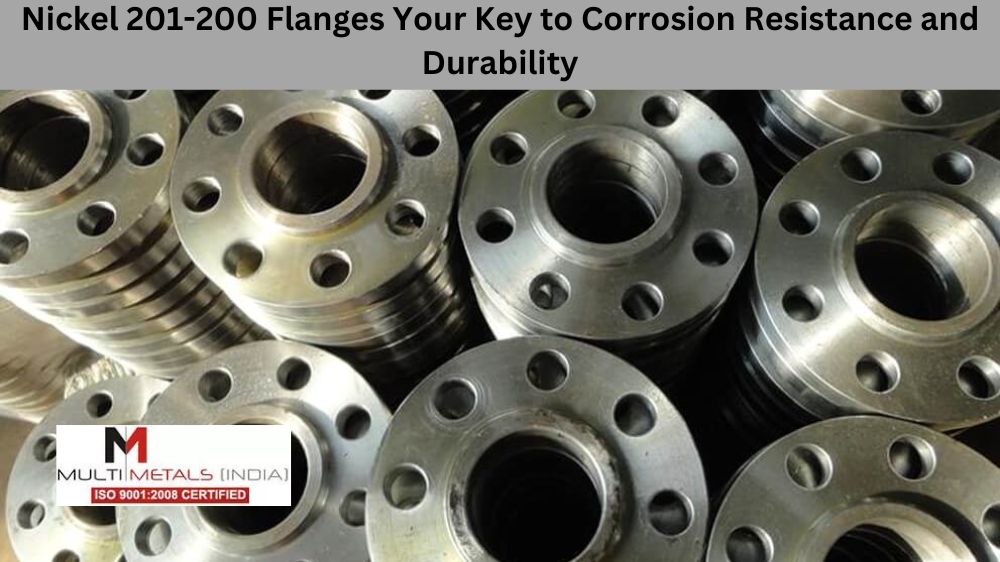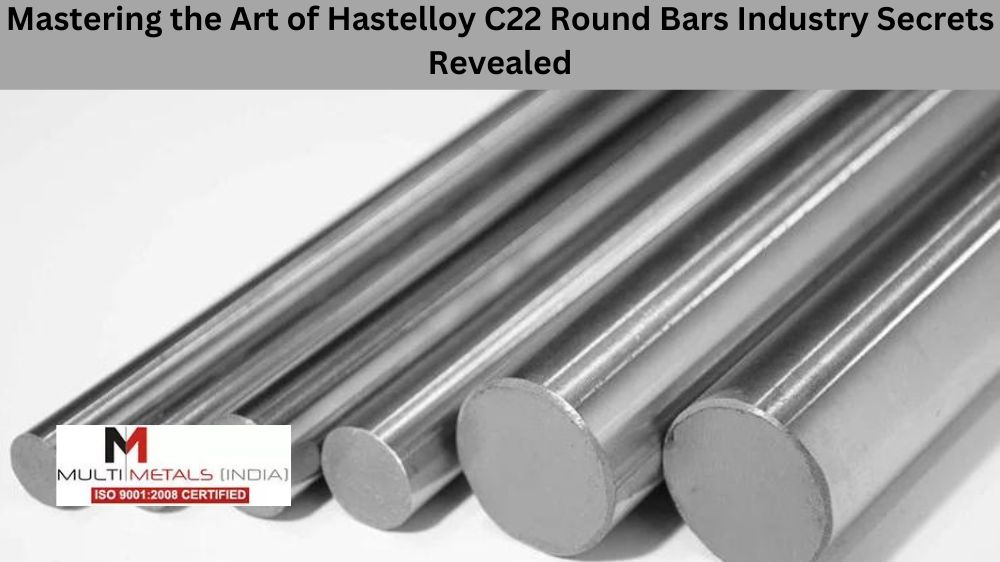Selecting the right materials and components is crucial to ensuring the success and longevity of engineering projects. Regarding piping systems, Super Duplex Steel S32760 pipe fittings emerge as a top choice due to their exceptional properties and performance. This blog will explore the key design considerations for implementing Super Duplex Steel S32760 pipe fittings in engineering projects.
Understanding Super Duplex Steel S32760
Super Duplex Steel S32760 is a high-performance alloy known for its superior corrosion resistance, mechanical strength, and durability. Composed of a balanced mixture of chromium, molybdenum, and nitrogen, S32760 exhibits excellent resistance to pitting, crevice corrosion, and stress corrosion cracking, even in aggressive environments such as seawater and chemical processing.
Compatibility with Various Environments
One of the primary design considerations when implementing Super Duplex Steel S32760 pipe fittings is assessing the compatibility with the operating environment. Whether the project involves offshore structures, chemical processing plants, or desalination facilities, S32760 fittings offer unmatched resistance to corrosion, making them suitable for a wide range of applications in harsh and corrosive environments.
Pressure and Temperature Ratings
Another crucial aspect of design consideration is evaluating the pressure and temperature ratings of Super Duplex Steel S32760 pipe fittings. S32760 exhibits excellent mechanical properties, including high tensile strength and superior toughness, allowing it to withstand high-pressure and high-temperature conditions without compromising performance. Engineers must carefully assess these ratings to ensure the safe and efficient operation of the piping system.
Fabrication and Installation Requirements
Due to their unique metallurgical properties, Super Duplex Steel S32760 pipe fittings require specialized fabrication and installation techniques. Proper welding procedures, including preheating and post-weld heat treatment, are essential to prevent the formation of detrimental phases and maintain the alloy’s corrosion resistance. Additionally, stringent quality control measures must be implemented throughout the fabrication and installation process to ensure the integrity and reliability of the piping system.
Long-Term Performance and Maintenance
When designing engineering projects with Super Duplex Steel S32760 pipe fittings, it’s essential to consider the long-term performance and maintenance requirements. S32760 fittings offer exceptional durability and resistance to degradation, minimizing the need for frequent maintenance and repairs. However, proactive monitoring and periodic inspections are recommended to identify any potential issues early on and ensure the continued integrity of the piping system.
Conclusion
Super Duplex Steel S32760 pipe fittings offer unparalleled corrosion resistance, mechanical strength, and durability, making them an ideal choice for engineering projects in demanding environments. By carefully considering factors such as compatibility with the operating environment, pressure and temperature ratings, fabrication and installation requirements, and long-term performance, engineers can harness the full potential of S32760 fittings to ensure the success and reliability of their projects. With their exceptional properties and performance, Super Duplex Steel S32760 pipe fittings pave the way for innovative and sustainable engineering solutions across various industries.




